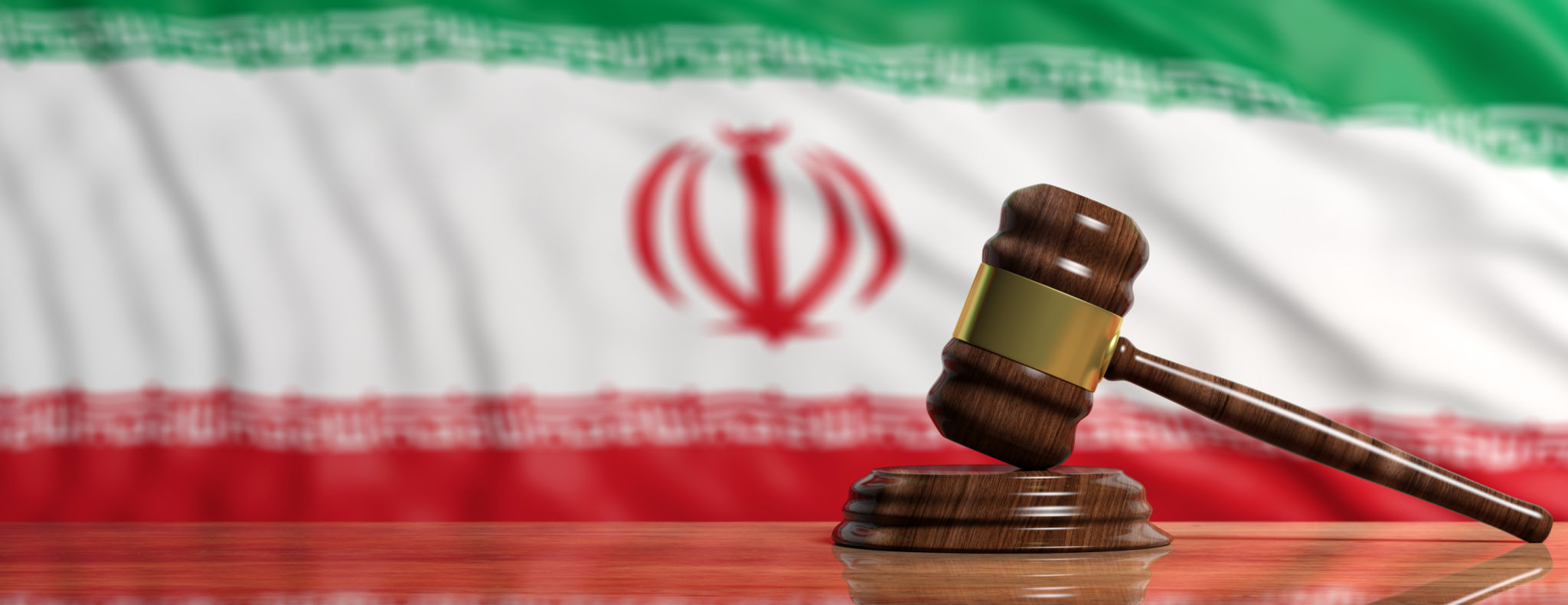Understanding the Iranian Legal System: A Comprehensive Guide
Introduction to the Iranian Legal System
Understanding the legal system of Iran can be a complex endeavor due to its unique blend of religious and civil laws. The Iranian legal framework is predominantly based on Islamic jurisprudence, specifically Shia Islam, which influences many aspects of its legislation and judicial processes. This guide aims to offer a comprehensive overview of the key components and principles that define the Iranian legal system.
Historical Context and Foundation
The roots of the Iranian legal system can be traced back to its Islamic Revolution in 1979, which led to the establishment of a theocratic republic. This transition marked the integration of Sharia law into the country's legal framework. The Constitution of the Islamic Republic of Iran, ratified in 1979 and amended in 1989, serves as the cornerstone of national law, reflecting both Islamic principles and elements of modern governance.

Structure of the Court System
The Iranian judiciary is organized into several levels, each with distinct responsibilities. At the top is the Supreme Court, which ensures the uniformity of judicial procedures and decisions across various courts. Below it are the Courts of Appeal, which handle appeals from lower courts. The General Courts deal with civil, criminal, and administrative cases, while Revolutionary Courts address matters related to national security and political offenses.
Role of Islamic Jurisprudence
Islamic jurisprudence, or Fiqh, plays a vital role in shaping the legal landscape in Iran. The country adheres primarily to Jafari jurisprudence, a branch of Shia Islam. This religious influence extends to numerous aspects of law, including family matters, inheritance, and personal status issues. The Guardian Council, a powerful body within the government, ensures that all legislation aligns with Islamic principles.

Key Legal Principles
Several fundamental principles guide the Iranian legal system. One such principle is the presumption of innocence until proven guilty, which underpins criminal proceedings. Additionally, the concept of Qisas (retributive justice) is applied in certain criminal cases, allowing victims or their families to seek retribution. The system also incorporates Diyat (blood money), providing financial compensation for injuries or death.
Challenges and Criticisms
The Iranian legal system faces numerous challenges and criticisms from both domestic and international perspectives. Human rights organizations often highlight issues related to freedom of expression, women's rights, and the treatment of political dissidents. Moreover, the intertwining of religion and law sometimes leads to conflicts between modern legal practices and traditional beliefs.

Recent Developments
In recent years, Iran has seen some legal reforms aimed at addressing various societal needs. These reforms include efforts to enhance judicial transparency and efficiency, as well as measures to improve women's rights in certain areas. However, significant obstacles remain, and progress is often slow due to political and cultural factors.
The Role of International Law
While Iran's legal system is largely insular, it occasionally interacts with international law through treaties and agreements. Despite this engagement, tensions frequently arise due to differing interpretations and applications of international norms. For instance, Iran's stance on human rights often contradicts international expectations, leading to diplomatic challenges.
Conclusion
Understanding the Iranian legal system requires an appreciation of its intricate relationship between religion and state governance. Although it faces significant challenges, both internally and externally, its unique structure offers valuable insights into how traditional beliefs can coexist with modern legal practices. As Iran continues to evolve, its legal system remains a critical area for observation and study.

